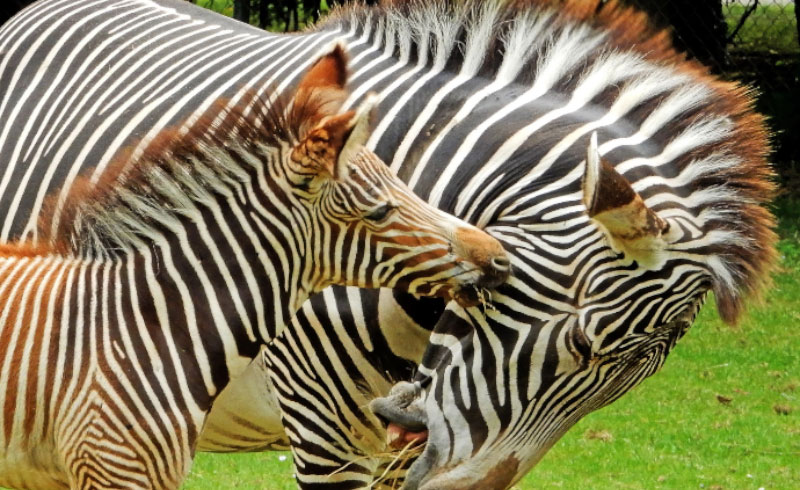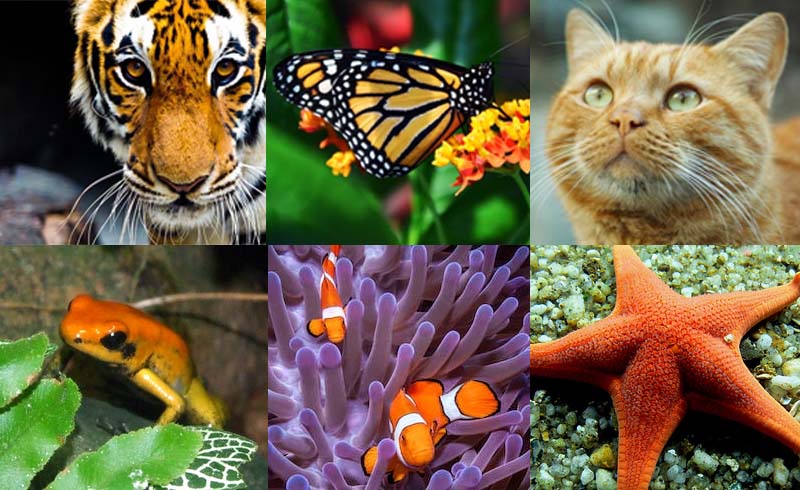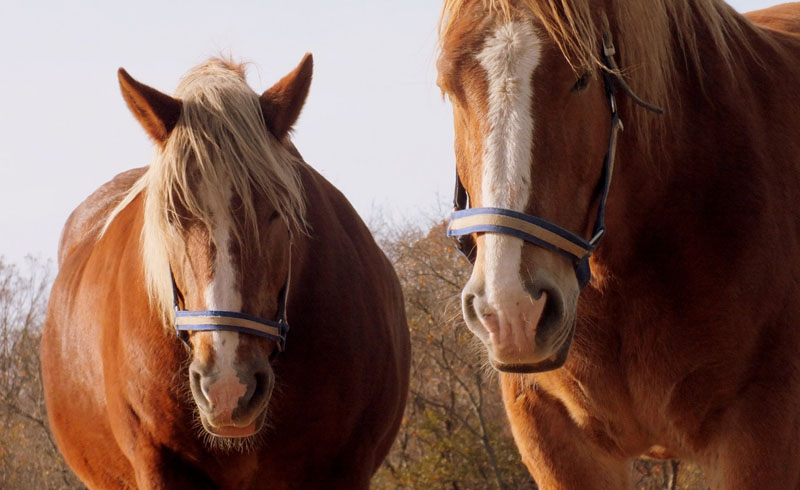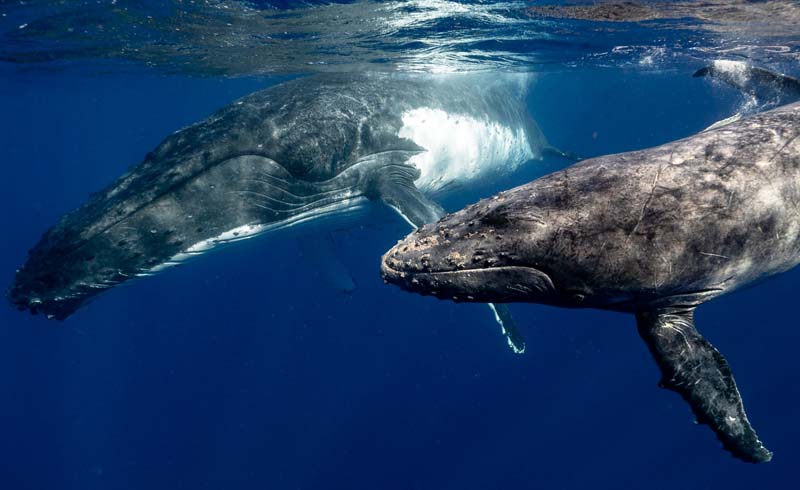Zebras have a very adaptable digestive system, which makes their fairly low-nutrition diet surprisingly sustainable for them. This is a good thing because they spend over half of their day, sometimes as much as eighty percent of their day, eating.
As you would probably expect from a species that is so closely related to the horses that humans domesticate today, zebras love to eat vegetation. They particularly enjoy green shoots, but those can be hard to find. In a pinch, nearly any terrestrial plant (and even low-hanging or fallen fruit) will satisfy their hunger.
The Strength of a Zebra’s Stomach Makes a Big Impact
Because they live in such a wide variety of habitats, from woodlands to mountainous regions, it is important that the zebra be able to subsist on whatever vegetation is available.
This is where the highly adaptable diet that we discussed above comes into play. This helps to keep members of this species alive and thriving for longer-even when their preferred food isn't around.
They will even dine on twigs and bark if they have to!
The stomach of a zebra is capable of handling quite a lot. Their strong teeth, paired with a stomach that can handle otherwise hard-to-digest materials like tree bark, means that a zebra can find its dinner nearly anywhere.
Their bodies are host to a process called hindgut fermentation. This means that the good bacteria inside of a zebra’s stomach helps to break down matter more quickly, which is helpful when soft grasses and hearty shrubs aren’t available.
Short grasses make up for roughly ninety percent of a zebra's diet, with the remaining ten percent consisting of shrubs, bushes, twigs and other plants that naturally occur in their environment. It is not uncommon for a zebra to eat roots as well, especially when the area has been affected by unfavorable conditions like drought that prevents the growth of vegetation.
Diet Differences in Captivity and in the Wild
Zebras that have been placed into zoos do not struggle as their wild kin does in terms of finding food, which is definitely understandable. In captivity it is much easier for a zebra to maintain a balanced and healthful diet.

This has everything to do with the assistance of human caretakers and the fact that they don’t need to be wary of predators when in a zoo enclosure. In the wild, the remaining six hours of the day that a zebra isn’t eating is usually spent keeping an eye out for carnivorous animals that would prey upon them.
When There is no Water to Drink
Like with all animals, water is essential for a zebra to live and be healthy. However, this particular member of the horse family does not require it every single day. In fact, they can go up to five days without drinking water. This is not the healthiest thing for them, but it comes in handy when there are long dry spells in their region that cause a shortage of life-saving water.
Even though zebras can go for so long without water, they do not tend to wander far from their preferred watering holes.
They will only venture further away when their need for food requires it. Sometimes a good portion of their day will be spent simply looking for food-not just eating it.






